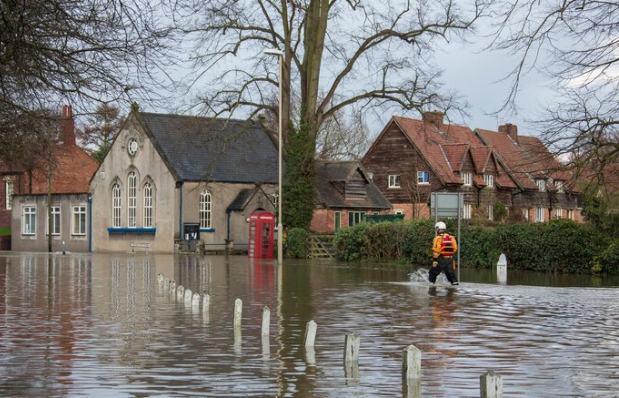All-Risk Insurance Include Flood
Understanding All-Risk Insurance
“All-risk” insurance, also known as “open perils” coverage, is often misunderstood. Many policyholders assume that “all-risk” means every type of damage is automatically covered. In reality, it protects against most unexpected losses unless they are specifically excluded in the policy. Commonly covered risks include fire, theft, wind damage, and sudden accidents.
Flood as a Standard Exclusion
Despite its name, all-risk insurance typically does not cover flood damage. Flooding is usually listed under standard exclusions, alongside events like earthquakes, war, and normal wear and tear. Insurers consider floods a high-risk and high-cost peril, which is why they require a separate flood insurance policy for protection.
How to Get Flood Coverage
If you want flood protection, you’ll need to purchase it separately through the National Flood Insurance Program (NFIP) or private flood insurers. These policies cover damage to the building’s structure and, depending on your policy, contents inside the property. For homes in high-risk areas, mortgage lenders often require flood insurance in addition to homeowners or all-risk coverage.
Why Both Coverages May Be Needed
Having both all-risk insurance and flood insurance ensures broad protection. All-risk will cover sudden events like a kitchen fire or hail damage, while flood insurance will protect you from storm surge, flash flooding, or overflowing rivers. Without flood insurance, you may be left paying out of pocket for potentially devastating losses, even if you have an “all-risk” policy in place.






